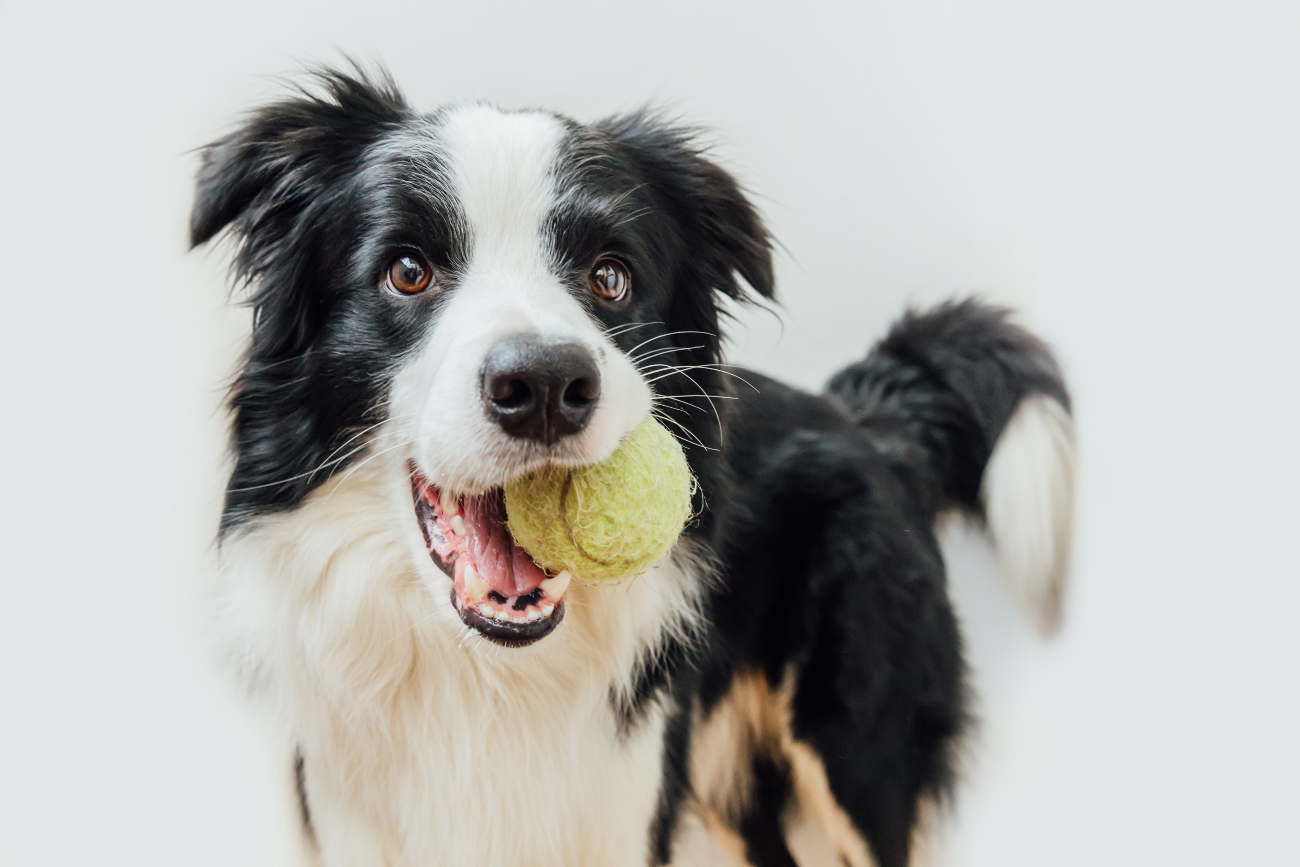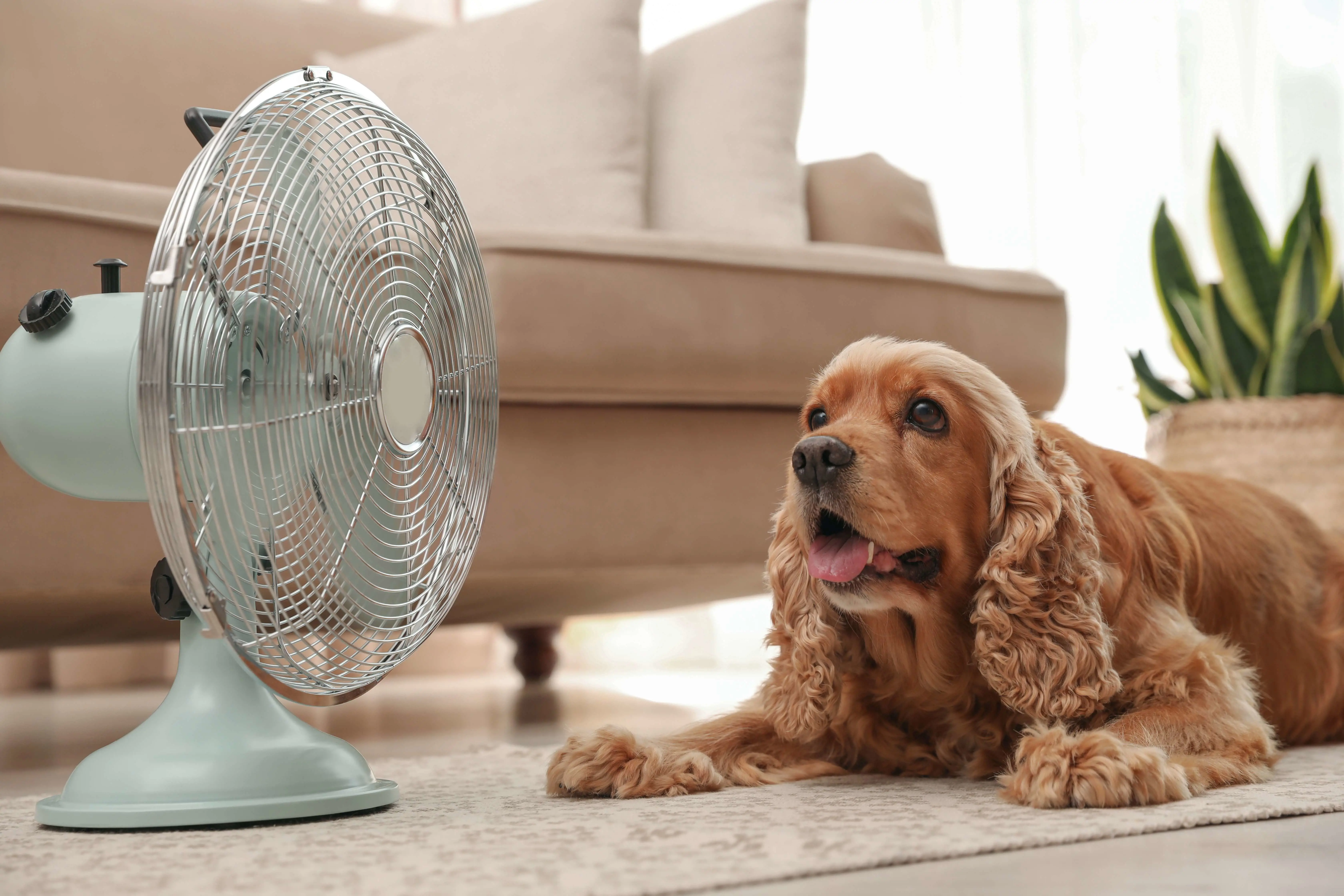The differences and similarities between cats and dogs
4th September, 2019
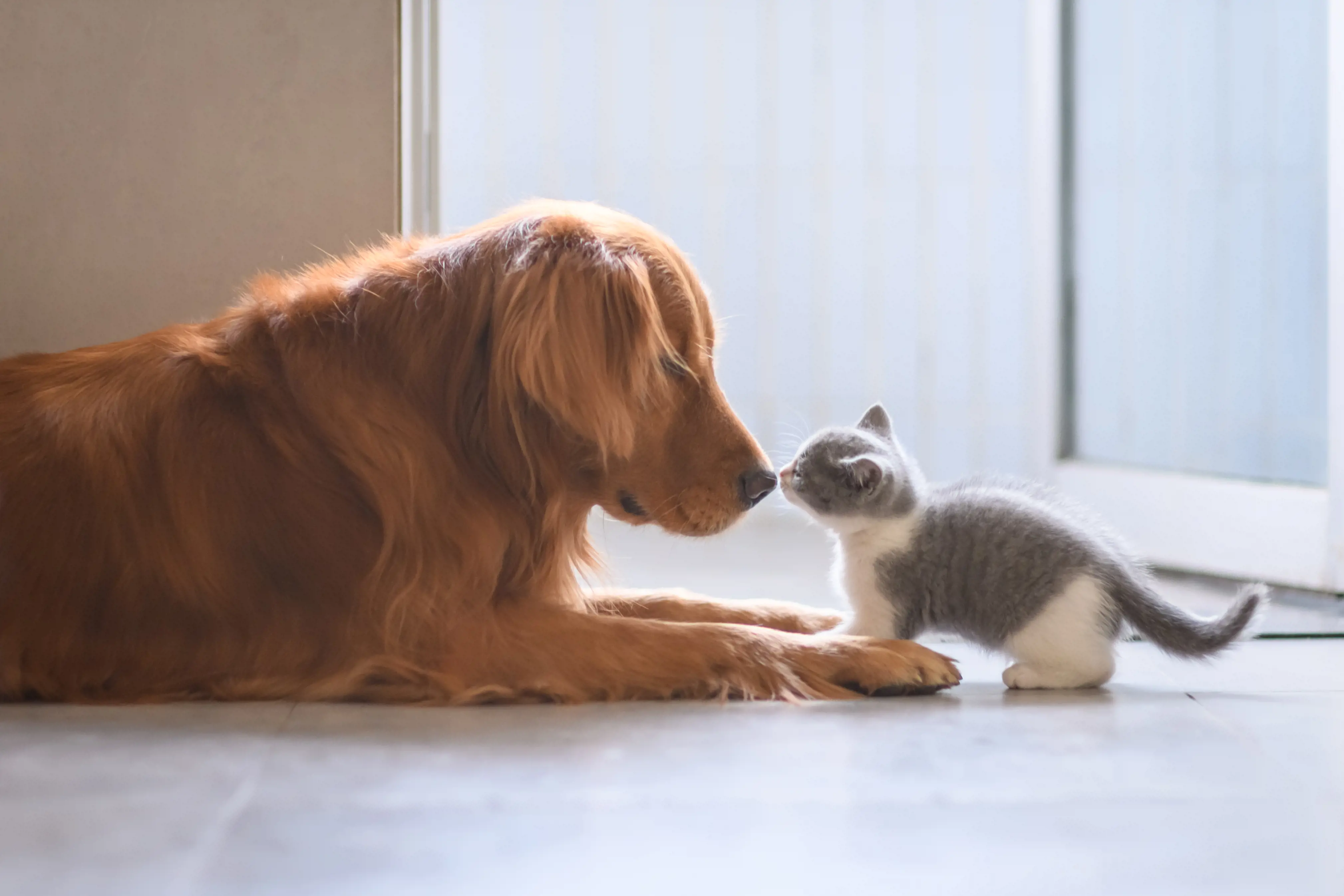
Are you a dog or a cat person? No points for guessing, this probably isn’t the first time you’ve been asked to ponder such a decision. With so many differences in their personalities, behaviour and individual requirements, dogs and cats come with quite a few differences.
But you might be surprised to learn that pooches and pussycats also possess a large number of similarities. Some of which may make them more alike than you realise.
Whether you’re about to become a proud new owner of a pup or puss or you’re just trying to gain a deeper understanding of your beloved pal, read on to find out the key differences and similarities between cats and dogs.
What are the differences between a dog and a cat?
General behaviour
This is a tricky one because so much depends on the breed. In the cat world, for example, a Bengal can behave more like a dog than your usual moggie.
But on the whole, the general behaviour displayed by Felix and Fido vary when it comes to their daily habits, sounds and instincts.
Let’s take the playful pooch.
Dogs are at their most active during the day. And even though doggy naps are an essential part of their daily routine, pups prefer being right at your side, being taken for walkies or even just accompanying you as you go about your day.
Evidence also shows that owning a dog can encourage you to get more active. How’s that for your very own personal trainer?
Cats, on the other hand, tend to sleep their days away. Ever head out to work, leaving Fluffy firmly asleep on your bed, only to return at the end of a gruelling shift to see them pretty much stretched out in the same position?
Yep. That’s probably because they’ve been taking the same long cat nap all day. Lucky them.
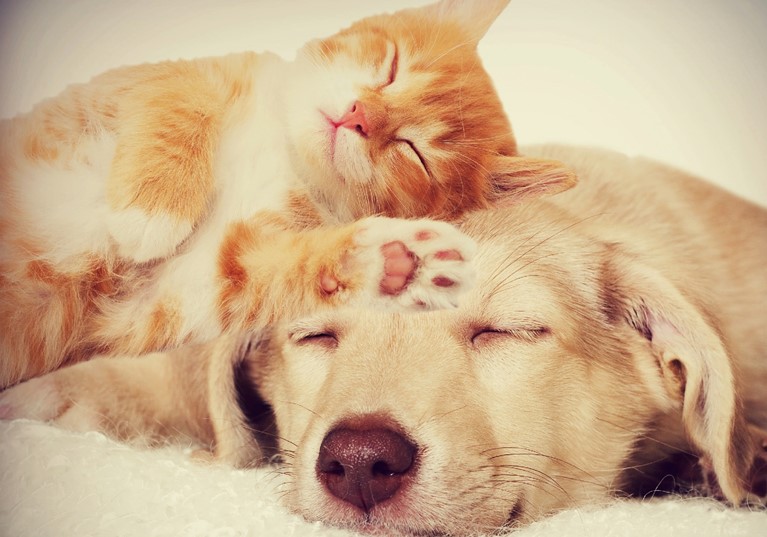
Another fairly big difference between dogs and cats is the way they sound. It may seem obvious – dogs bark and cats meow, right?
But each one comes with their own other noisy tendencies. Your pooch will offer up a howl or growl every now and then, whereas your kitty?
Aside from the endearing meows, they’re also known for friendly chirrups or snarls, spitting and hisses when they feel under threat.
What about when it comes to demonstrating their warning signals? These are likely to differ again. Interested in learning more about the different noises that a cat makes and what these noises mean? Read our blog about what cat noises mean.
Whilst dogs will bare their teeth and give long hard looks into the eyes of their enemies, cats are known for arched backs, dilated pupils and the occasional twitch of their puffed-up tail.
The only similarities in these instances are likely to be the low-growling sounds both four-legged predators make to keep any animal or human enemy at bay.
Comparative dog and cat behaviour is difficult to analyse too closely, because, just like us humans, there can be huge variations.
Not just within the individual breeds but the individual personalities of your own feline or canine.
Some cats are much more playful, and attentive than others and some dogs can be a little on the shy and introverted side. A lot of this can be attributed to their environment.
Body language
One of the key differences between felines and canines is how they use their body language as a form of communication. For example, when a dog wags his tail, this usually means playtime. But if your pussycat is doing the same, it’s more likely to be conveying anger.
And when it comes to their fur, for dogs, hair that stands up slightly on their shoulders and around the neck shows confidence whereas fur standing on end for cats would usually mean “leave me in peace”, especially when combined with a low growl and stare.
If your pup or kitty does get into a scrap, make sure to get a little peace of mind by taking out a pet insurance plan, which covers any unscheduled vet visits.
Exercise schedules
If you're hoping to be the new owner of a cat or dog, you’ll need to look at what works best with your own daily regime and exercise can be a big part of your choice. If you’re seeking a workout partner, Fido is your best bet.
Most dog breeds enjoy running and love nothing better than joining you on your morning run.
Research also shows that dogs need to be taken for a walk away from the house in order to avoid stress.
If you’re hoping a cat will provide the same level of fitness support, you may want to think again.
Yes, cats enjoy a spot of activity and the occasional healthy game of ‘chase the laser’, but they’re not necessarily known for being super athletic.
Physical characteristics
Aside from the obvious, there are key physical differences between cats and dogs.
For example, their claws. Because cats use theirs for protection, not to mention scaling all sorts of walls, they tend to be very sharp.
If you’re a current cat owner, then you’ll know this given the array of scratches you’ve probably acquired on your hands and arms!
Dogs’ claws, however, are much duller than their feline counterparts. Why? Because of their outdoor habits. As they’re out and about in a much bigger capacity, their claws will wear down much more quickly.
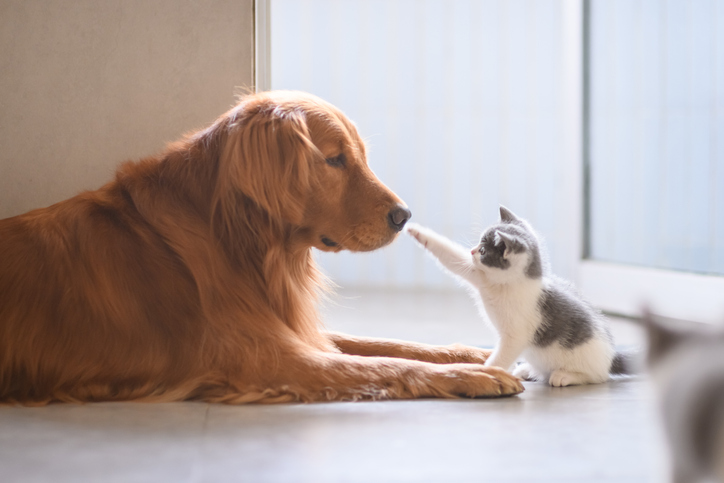
Pack mentality
Picture this. You get home from a day of work, rest or play. Who are you looking forward to greeting you when you open the door?
Aside from the immediate attention dogs usually give as you open the door, they’re more likely to stay close by your side as you go about your everyday chores.
Whether it’s cooking dinner, working out or sitting down to a night on the sofa, as pack members, they’re used to working together and have a deep-rooted pack mentality. As their humble pack leader, they need you to provide direction. By involving them in your day-today life, they see this as a way of getting closer to you.
Cats, on? ?the? ?other? ?hand, do not possess the same pack mentality. They’re solitary creatures, whether they’re hunting, playing or having a kip. Independence reigns supreme with cats. Because of this, they can get a bad reputation for being standoffish, uninterested and unaffectionate.
But just because they're independent creatures, it doesn’t mean they can’t provide great companionship.
It’s just best not to expect the same level of involvement as you’d get from a canine pal.
Food
Think cat and dog food is one and the same? Think again. Their bowls of grub may look the same but what lies within is very different for each.
Dogs are omnivorous animals whilst pussycats are carnivorous and require many more essential nutrients in their diet. Cat chow tends to be higher in protein, fat, minerals and vitamins.
Because of this, it also contains a higher calorie content. And from a physical perspective, cat food is smaller in size to fit their smaller mouths.
Whereas canines? The size of their food may be bigger but they can get by on much less.
Cats are able to tolerate certain levels of Vitamin D but the same can’t be said for dogs. So dogs mustn’t chow down on any fish-based cat food otherwise an urgent trip to the vets could be in order.
So if you’re the proud parent of one of each, it’s crucial to ensure no crossover between dog and cat food bowls.
It’s also important to have a pet insurance plan in place, in case of any dietary mishaps.
Whilst dogs and cats both enjoy their food, how they actually eat is quite different. Cats are able to regulate their food intake well throughout the day. You can freely fill up their bowl and they’ll happily graze all day.
The same can’t be said for Fido’s feeding habits. If food is available to them, dogs will keep eating well past the point of being satisfied. So it’s best to get out that measuring cup and only pour out what’s necessary.
Hunting habits
Both dogs and cats are known for their excellent hunting skills. But the way they go about it is very different. Ever noticed how your kitty will scale the highest wall, lay in wait and pounce on their prey at the very last moment?
Whilst some dogs will jump in the air to catch their prey, most are the opposite in that they will stay close to the ground and use their sense of smell to track down whichever prey they’ve gone after.
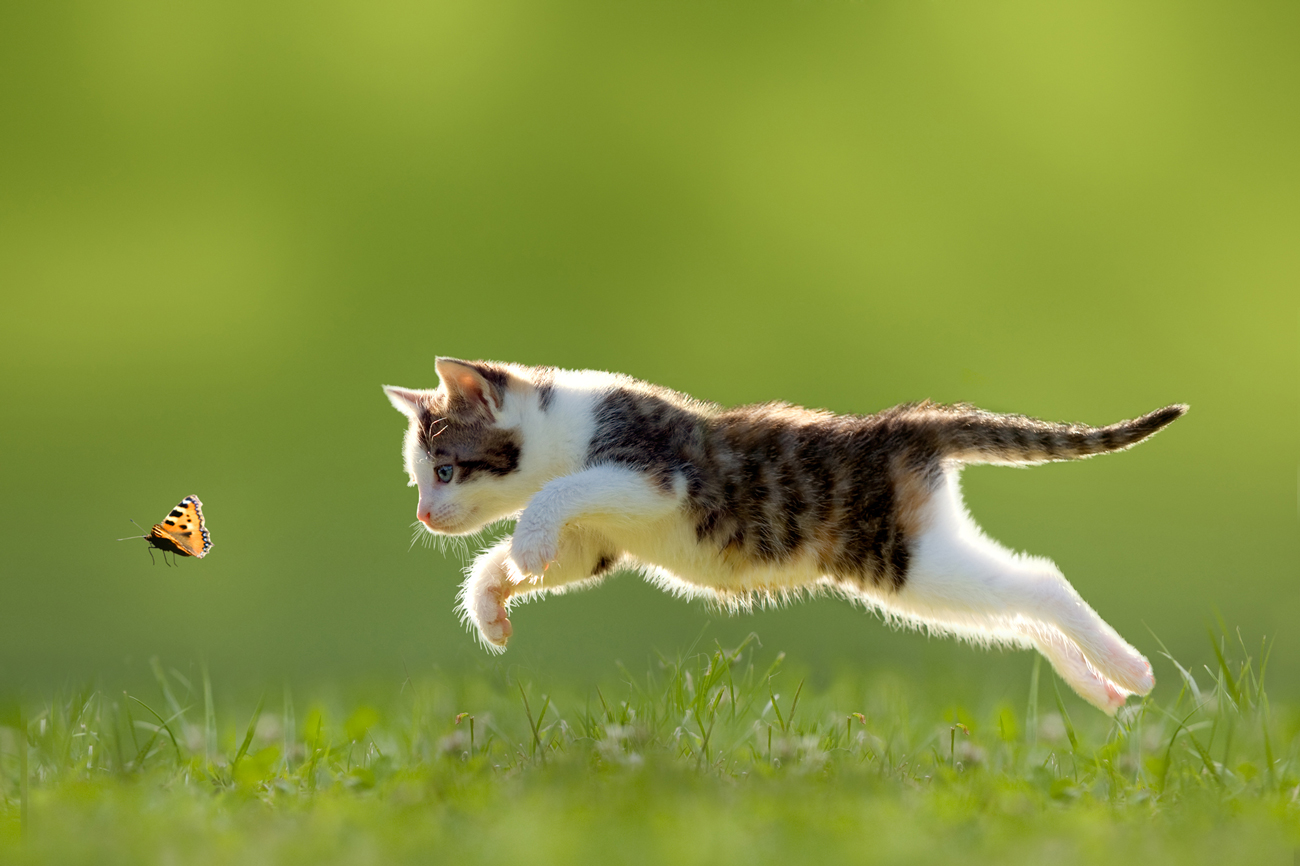
What are the similarities between a dog and a cat?
Territorial instincts
According to Pets4Homes, cats and dogs both naturally have territorial instincts, which means they have an innate sense of responsibility to take charge in a situation and look after their young.
And while cats and dogs both possess these same territorial instincts, it can manifest in different behaviours depending on the species.
In cats, they will mark their territory on something physical by either rubbing their scent against it or urinating on it.
They like their own space and if another cat dares to enter their area, they’ll make it known this is unacceptable and adopt various territorial strategies to scare said cat challenger away.
While dogs won’t rub themselves to mark their territory, they will showcase distinctive territorial traits and also employ tactics to ward off any canine imposters who happen to encroach on their space.
In both cases, cats and dogs are able to utilise these same instincts to protect their areas.
Ancestral similarity
When asking yourself the question, ‘what do cats have in common with dogs?’ an interesting similarity between them is that of their ancestry. It may come as a surprise to learn that they have a similar ancestral line.
Both furry friends belong to the class Mammalia, which essentially means that they have fur on their skin to keep them warm.
Both animals also belong to the kingdom Animalia, which means not only do they give birth to pups and kittens, but they also breastfeed their young as the first port of call before going on to any other food type.
Health benefits
Studies have shown time and time again that both dogs and cats provide a multitude of health benefits for their owners. From decreased blood pressure to helping lower anxiety and stress levels the bond between people and their pets can increase happiness.
Some other health benefits that both cats and dogs can provide include:
- Decreased cholesterol levels
- Decreased triglyceride levels
- Decreased feelings of loneliness
- Increased opportunities for exercise and outdoor activities
- Increased opportunities for socialisation
Whether you’re the proud owner of a brand new pup or kitten or looking to welcome one into your home, studying the potential health benefits of both can be another reason to do just that.
Ability to survive in the wild
Cats and dogs are similar in that if they were let loose in the wild, they would be able to fend for themselves. Once domesticated, things like shelter and protection are provided by their owners. Nevertheless, they retain their instincts and are able to use these similarly.
From catching their own food to protecting themselves and their young, both animals are able to follow their instincts and natural abilities in order to survive outside of their domestic environments.
They will soon learn that if their hunting and fighting skills aren’t strong enough in the wild, they will die. And so they will adapt accordingly.
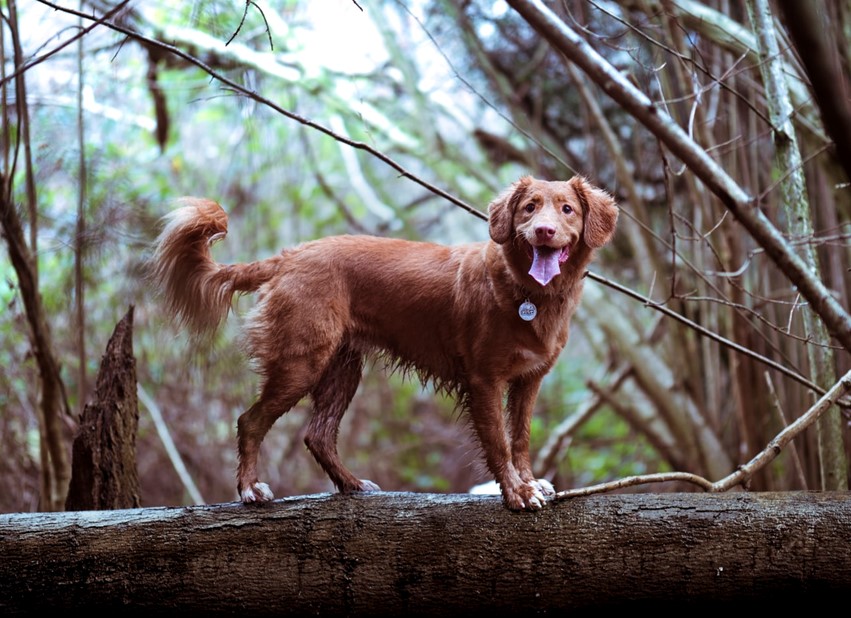
Affection and bonding
Whilst the affection displayed may vary between these two species, one thing both cats and dogs have in common is their ability to form strong, meaningful bonds with their owners. They both enjoy human company and require love, attention and affection from their chosen family.
Dogs are slightly different in that they also enjoy the companionship of their fellow pooches as well as their owners whereas cats tend to enjoy their own company in the same way they appreciate the bond that comes with being domesticated.
Though if you introduce two cats into your home at the same time, as they are sharing the same space, you'll notice they are more than happy to spend cuddle and nap time together. Perhaps even more so than with their owners!
And, when it comes to getting close to their humans, as much as kitties come across as aloof, they do indeed show affection. From head-butting and intense eye contact to chirrups and meowing with purpose, they’re more affectionate than many people realise. And not too dissimilar to dogs in this respect.
Choosing the right pet insurance
Of course, a major similarity is that both animals need adequate pet insurance.
Whichever four-legged friend you end up welcoming into your home, make sure you take out insurance for your pet so you’re ready for any eventuality.
You never know when Fido or Fluffy might need accident or illness cover. If you have a multi-pet household, you can even take out a multi-pet policy to keep everything in one place.
Get a quote from us today.
Helpful Pages
Recent Posts
Pet Insurance Quote
- 98% claims paid *
- Claims paid directly to vets
- 24/7 vet video consultations
- Interest free monthly payments

